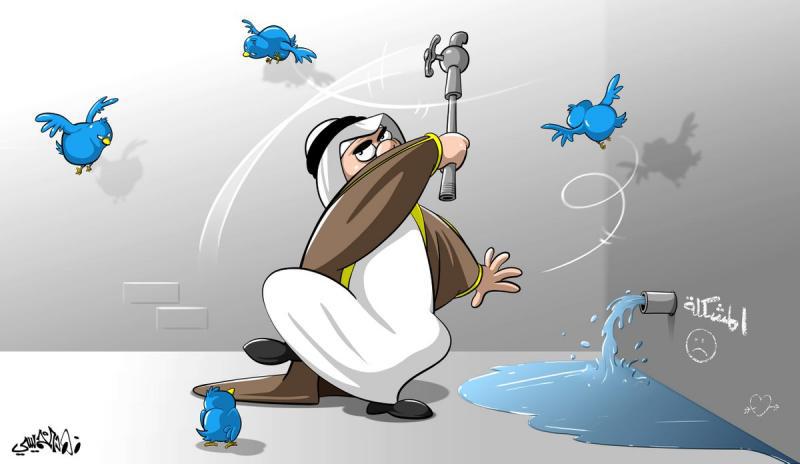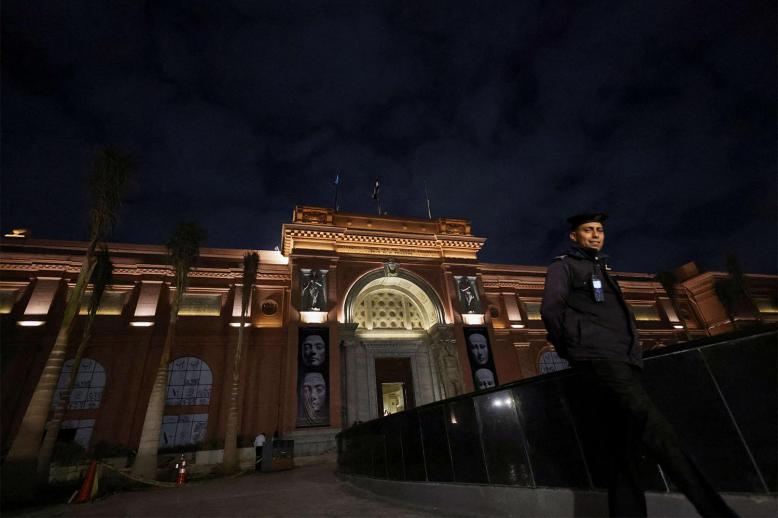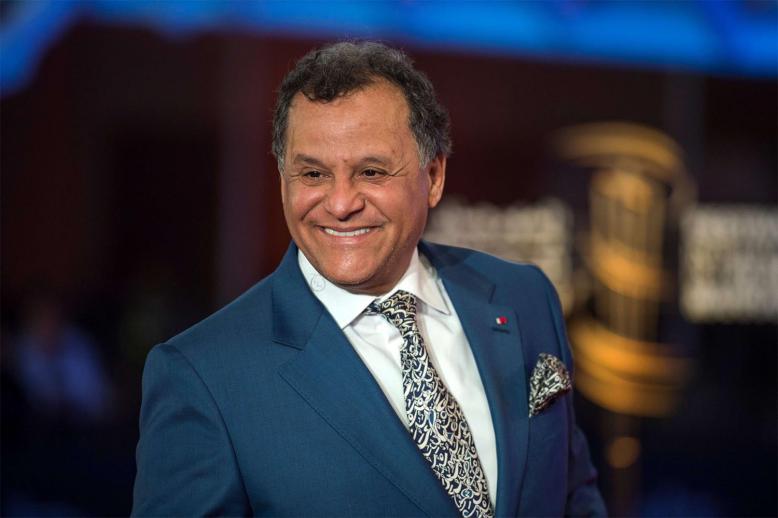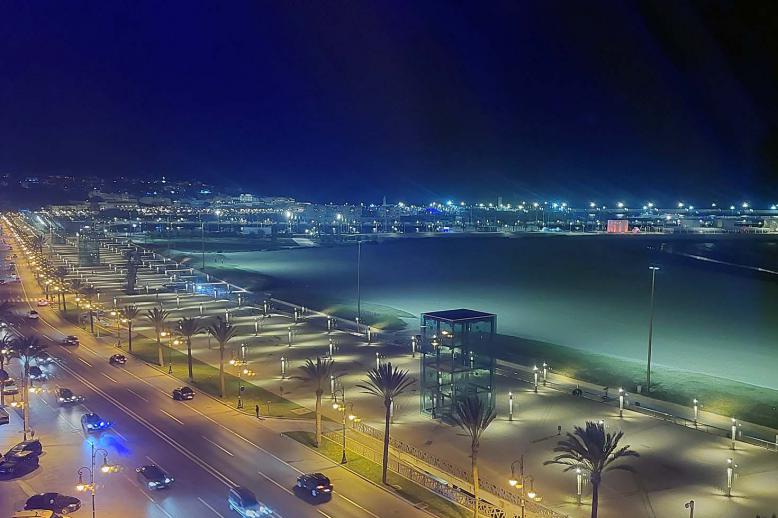Saudi reforms open wider horizons for cartoonists
CAIRO - Saudi cartoonist Fahd al-Khamisi says Saudi Arabia is experiencing an ideological clash between the old and the new and of sharp social and cultural changes whisking the country towards unfamiliar horizons. It is natural these changes affect art in the kingdom in general and caricature in particular.
In recent months, Saudi society has undergone unprecedented changes. It is becoming possible for women to drive automobiles, attend football games and choose not to be veiled. Movie theatres have reopened and musicians can once again appear in concerts. An opera house is in the pipeline and a national orchestra has seen the light, both with French assistance.
Since the 1980s, the ban on women’s driving was fertile ground for indirect and discrete criticism through cartoons. Cartoonists have avoided clashing directly with the religious establishment, which championed the ban on women from driving. Today, however, Saudi cartoonists sense a bigger role to play in shoring up the official reform plans and standing up to their detractors. They know their caricatures can have a greater effect than the written text.
Khamisi said caricature and cartoons are at the forefront in the battle for change in Saudi Arabia. In addition to their traditional role of entertaining people, cartoons serve as an efficient instrument for spreading modernist ideas and shooting down retrograde ones.
Because of their condensed and humorous style, cartoons are particularly popular with technology savvy people in search of instantaneous information rather than drawn out analyses.
Khamisi’s career as a cartoonist spans 19 years. He began with Al Madina newspaper in 1999 and moved to Al Eqtisadiah in 2004. He won the award for the best cartoon in the competition organised by the Saudi Ministry of Haj in 2011. He also won first and second places in the Association of Saudi Cartoonists and Caricaturists competitions in 2011 and 2013.
Khamisi said Saudi Crown Prince Mohammed bin Salman bin Abdulaziz’s Vision 2030 includes unprecedented economic and societal changes for the kingdom. It did, however, clash with conservatives and those who refuse diversity. This is where cartoonists can step up to the plate.
In his recent cartoons, Khamisi has focused on a variety of social topics related to social reforms in the kingdom. He participated with one work at the Fifth International Cartoon Gathering in Cairo. Khamisi’s cartoon represents a fat, sloppy Arab male asking his wife to work out to preserve her good looks.
Khamisi shows in his work a great interest in women’s issues. His drawing entered during the Fourth Cartoon Gathering also dealt with the pressures faced by working women. It represented a lady working at her desk holding a pen with one hand and a pot cover with the other while bottle-feeding her baby with her foot.
Saudi cartoonists are optimistic about the future of cartoons in Saudi Arabia. When the crisis with Qatar broke out, cartoons criticising Doha’s controversial policy choices were moved to the front pages. Since then, political cartoons have taken centre stage because people realise how potent they can be in establishing an immediate rapport with readers. Many Saudi readers do republish cartoons on their private social media pages.
Saudi artists do not believe in political taboos. They say that a professional artist does not draw to be published but to express ideas. Cartoons are, in essence, a form of editorial art making it possible for the artist to criticise negative aspects of the society. A skilled artist will find a way of evading censorship.
Khamisi said successful cartoons obey the fundamental aspects of conciseness and intelligence in the message. In Saudi Arabia, this art form contributed to helping Saudi readers progress intellectually and refuse dogmatic and shallow points of view in addition to having them massively use social media platforms. Cartoon art in Saudi dailies has progressed technically and in content. Artists are using more digital technology to improve style and content.
Saudi artists refrain from focusing too much on people’s individual shortcomings. They also avoid direct criticism. This is due to cultural and religious considerations since mockery and derision are unacceptable religiously. Khamisi said a caricature or cartoon should be simple and focus on ironic paradoxes. The essential idea of the cartoon reflects the artist’s view and position towards the political, economic or social scene.
As Saudi society becomes more accepting of fundamental changes and criticism, Saudi cartoonists look forward to a better future for themselves and their art.
Mohamad Abdelhadi is an Egyptian journalist.
This article was originally published in The Arab Weekly.





